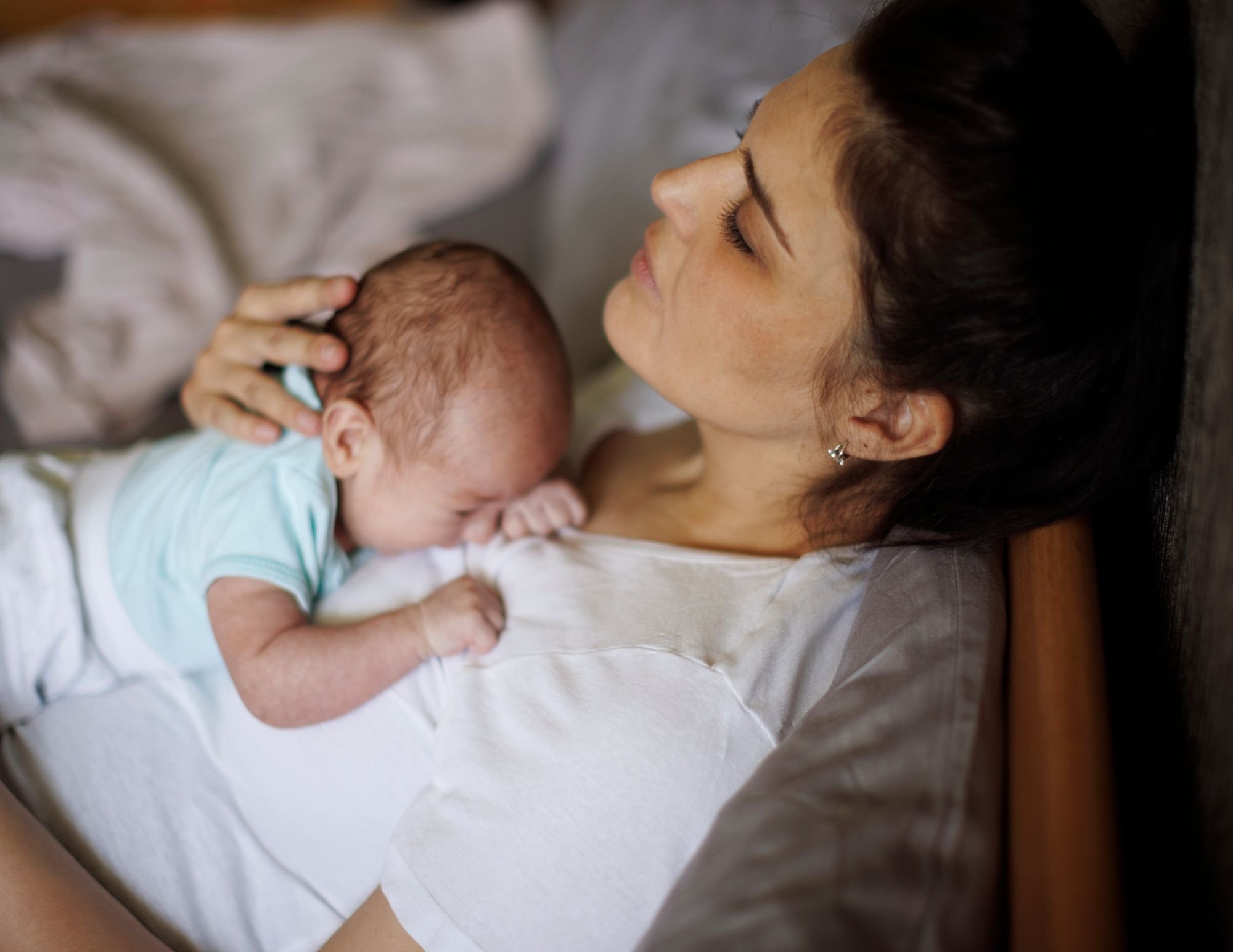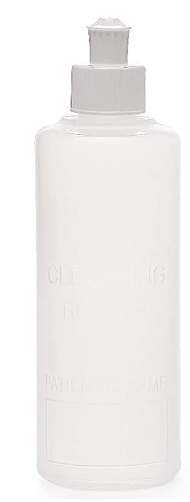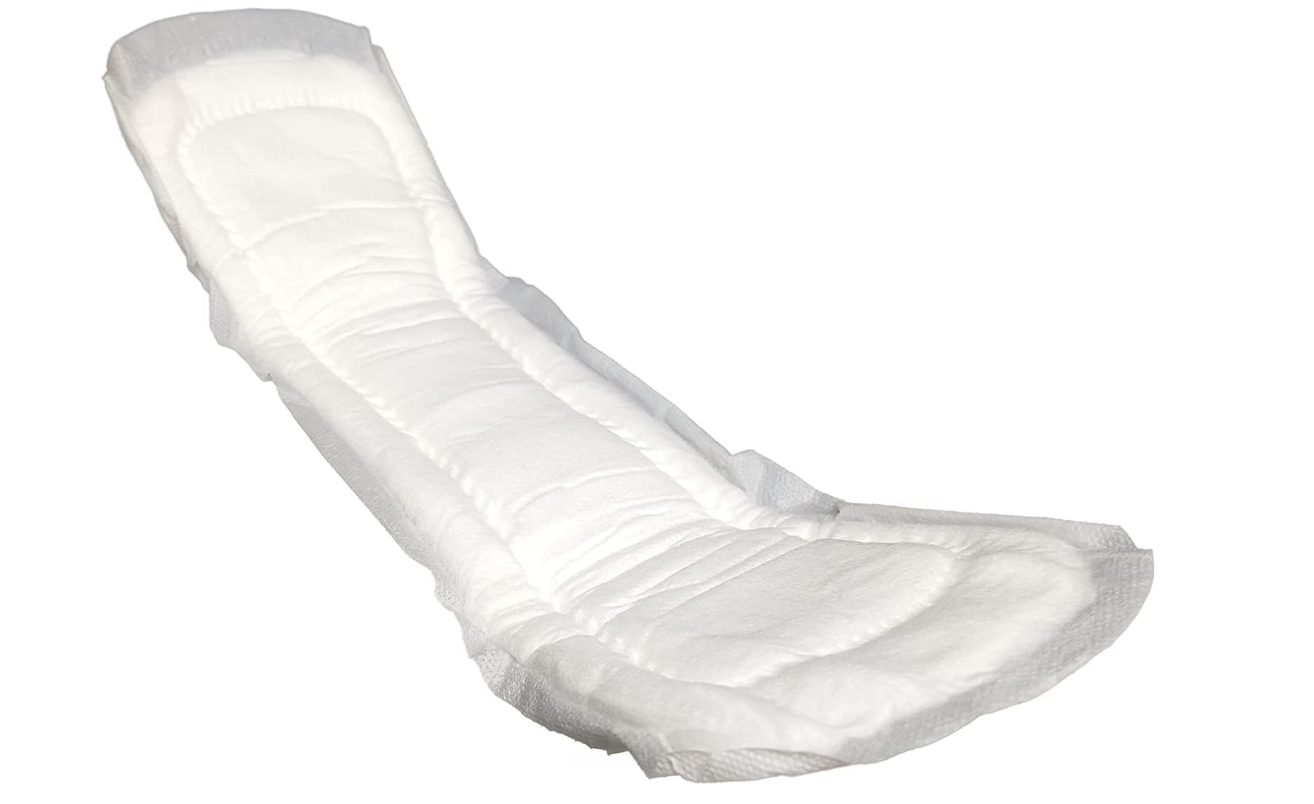The Best Way to Heal Your Perineum After a Vaginal Birth: the R.I.C.E. Principle
Shauna Ironside is an osteopathic manual therapist, certified athletic therapist, athlete, and mother of three. She has a busy clinical practice in Ottawa, Canada, where she has been helping bodies of all ages and stages lead pain-free, healthy, strong, and active lives for the past twenty years. Learn more about Shauna here.
As an athletic therapist, I have worked extensively over the years on-field and in clinic with athletes who have sustained every kind and degree of soft-tissue injury imaginable, from your basic ankle sprain to bilateral Achille’s ruptures, from nasty contusions to ACL tears. Ouch!
Managing these injuries in their acute phase is critical for healing. I know what works and what doesn’t.
I often encourage my patients to approach birth as you would a sporting event (an endurance one!).
Well, it’s just as wise to look at your healing postpartum, after a vaginal birth, from the same lens. The soft-tissue injuries that you might sustain, to the pelvic floor and perineum, or abdomen if it’s a surgical birth, are really no different than any soft-tissue injury that an athlete might sustain.
The first two weeks after a vaginal birth is a really critical healing period for the pelvic floor and perineum. When done right, it will set you up for a more successful, faster recovery, and eventual rebuilding of your abdomen, pelvic floor and overall physical health.
Every athlete knows the R.I.C.E. principle when it comes to acute injury. This acronym has been around forever, and while you might find some naysayers, you’d be hard pressed to find an athlete or athletic therapist who doesn’t believe in the power of the R.I.C.E. principle.
R.I.C.E. stands for Rest, Ice, Compression, and Elevation.
With an extra E: Exercise.
But before we jump into how you can apply this principle to your postpartum healing, let’s talk briefly about possible birth injuries.
What injuries are common with birth?
The most common area of injury with a vaginal birth is the perineum. The perineum is the area of skin, muscle and connective tissue between the vaginal opening and the anus. It can be stretched or torn during delivery, or cut if an episiotomy is required. This can cause postpartum pain, swelling, and bleeding. Stitching is often required is tearing is.
There are 4 grades of perineal tearing:
Grade 1: small tear(s) of the skin of the perineum and/or labia.
Grade 2: tear of the perineum muscle
Grade 3: tear of the muscles that control the anal sphincter
Grade 4: tearing of the rectum (inside of the anus)
Grade 1 tears typically do not require stitches, where as grades 2-4 do. Stitches typically dissolve within 3 weeks.
Keep it clean: the peri bottle should be your best friend postpartum
While not part of the R.I.C.E. principle, keeping any wound clean is really important.
Keep the perineum clean with warm water from your peri bottle during and after using the toilet. Pat the area dry. Avoid wiping or rubbing with toilet paper.
Avoid soap, baby wipes or any other product (ie vaginal cleansers) on your labia, vulva, or perineum. Pure water is all the area needs for cleaning.
A sitz bath can help with swelling, pain and irritation.
ps The hospital, birthing centre, or your midwife, should give you a peri bottle. Do not buy one. Save your pennies and the environment.
How long does it take to heal postpartum?
Generally speaking, soft-tissue injuries take six weeks to heal, and the perineum is really no different.
Healing perineum tearing from birth typically takes six weeks. Cue the six week postpartum “good to go!” check up with your doctor or midwife. ps You’re not “good to go” at 6 weeks postpartum! Perineum healing might happen in 6 weeks, but rebuilding will take months. And often years.
How to heal the perineum postpartum
Days 1-5 postpartum are the best time to apply the R.I.C.E. principle, but keep it up for the first two weeks, especially if you have had any perineum tears with your vaginal birth.
Rest
Resting is essential for healing the perineum postpartum. Rest helps to reduce inflammation and pain, and allows the injured tissue to begin the healing process. This is especially true in day 1-5.
It is important to avoid activities that may cause further injury to the affected area. This means lot loading the vulnerable tissues with excess lifting and weight bearing. Weight bearing strain could come in the form of time spent on your feet or sitting (vs lying down), and impact from ground reaction forces (ie going down stairs is more load in the pelvic floor than static standing).
What is too much load is going to be different for everyone. The degree of injury and the health of the tissues and muscles before birth should to be considered.
While rest certainly implies simply offloading the pelvic floor, we should also talk about sleep here.
Sleep is when tissues heal the most. Good, restful sleep. Of course, exhaustion and lack of sleep are par for the course in those newborn weeks, but do what you can to prioritize sleep.
Prioritize good sleep habits:
sleep when baby sleeps
turn off screens and dim lights in the house in the evening
get sunlight on your face first thing in the morning
try to get more fresh air and sunshine during wake times
avoid caffeine
eat a whole foods, high-protein diet
And finally, get help. Ask family or a friend to hold baby while you get some sleep. Most are happy to! And mom-friends are almost always happy to help out, especially those older mom friends or neighbours who have been where you’re at and kinda miss those early days - they’re always happy to help. Postpartum doulas are also a great option if you have the means.
Ice
Out of all of the strategies to promote better healing postpartum, this is the one that most mummas swear by the most. Ice feels SO good on the perineum after a vaginal birth. It can help to reduce inflammation and pain, and generally just soothe the whole area.
Apply ice to the perineum as soon as you can after birth.
Ice should be applied for 15-20 minutes at a time, several times a day.
While you can certainly use a soft gel ice pack or a ziplock bag with ice cubes and a bit of water wrapped in a cloth (to prevent frostbite), an easy method is to make padsicles.
How to make padsicles for postpartum perineum healing
Take a large, individually wrapped pad. Avoid pads with scents or abrasive coatings (ie that mesh like covering on a lot of pads).
Open the pad keeping the wrapping intact. Moisten the pad with water. Fold it back up and freeze until needed. I suggest making 8-10 and storing them in a large ziplock bag. Make more postpartum if needed.
I’m a purist and typically do not recommend adding any “ingredients” to your padsicle. Witch hazel and aloe may have some added anti-inflammatory properties, so use this at your own discretion. If you do, make sure they are pure (ie no alcohol, added parabens, etc). Generally, your labia and vulva have a natural bacterial biome that should not be disrupted with anything but water.
Compression
Compression can feel good and help reduce inflammation.
Your padsicle can provide some compression, but when it is not being applied, consider snug underwear and even a tight pair of leggings or shorts. Ideally the leggings or shorts are cotton for breathability. Don’t wear workout tights or shorts with spandex or polyester.
Consider additional compression to the perineum using your hand, pillow or hand towel rolled up, when you cough or sneeze. The internal pressures with this can cause significant strain on the vulnerable perineum and pelvic organs.
Elevation
Elevating your bottom can help significantly with fluid congestion (inflammation) in the pelvic floor and pelvis postpartum.
This can be done by lying on your back with a pillow or two under your bottom. This is a nice position to ice in.
If you are sitting a lot during the day (those long feeds!) or on your feet, consider doing 10-15 minutes of elevation (+ padsicle) before bed. Remember, night time is healing time, so the evening is a great time to elevate and ice to help reduce inflammation and promote healing.
Exercise
While rest is vital, gentle movement can also promote healing.
Generally, simple activities like walking, pelvic floor exercises, and gentle stretching can be done as soon as you feel up for it. This could be as early as day one!
Check out these five exercises you should do in the first month postpartum.
Your ability to move postpartum will greatly depend on:
you health before birth
the degree of strain or injury that occurred with birth.
Walking is a great exercise to start with (the benefit of getting outside in those early postpartum days cannot be overstated). Generally, you can walk outside when you are comfortable and pain-free walking in the house for day to day tasks. This might be as early as day 2 or 3 for some, or week 2 or 3 for others.
Start with a slow walk down the street a block and back. See how you feel during and after. The next day, consider going a little further (ie two blocks) if everything feels great.
Slow and steady is the way to go with ANY postpartum movement or exercise.
Check out my 8-week postpartum rebuilding program: The Postpartum reBUILD. You can start this as soon as you feel ready to do so.
Other factors that will promote better healing postpartum:
While the R.I.C.E. principle is wonderful for your perineum, it’s important to consider your whole body. Consider these additional tips for optimal healing postpartum.
1. Self-Care:
Delegate tasks to your support system, whether it's your partner, family, or friends, to lighten your load. Remember, self-care is not a luxury but a necessity for your overall well-being.
2. Proper Nutrition:
A well-balanced diet rich in nutrients is essential for postpartum healing. Focus on nourishing foods like fruits, vegetables, whole grains, lean proteins, and healthy fats. Stay hydrated and consider foods that support lactation if you choose to breastfeed. Consult a nutritionist if you have specific dietary concerns or restrictions.
3. Pelvic Floor Rehabilitation:
Childbirth places significant strain on the pelvic floor muscles. Pelvic floor exercises, such as Kegels, can help strengthen and restore tone to these muscles. While it’s recommended that you see a pelvic floor physio postpartum, most typically won’t see you until after six weeks. Gentle pelvic floor exercises should be started as soon as you feel up for it postpartum, the earlier the better.
4. Osteopathic Treatment for Postpartum Recovery:
Osteopathy offers a holistic approach to postpartum healing, addressing alignment, core connections, muscular tensions, and exercise prescription for rebuilding. An osteopath can provide gentle and safe techniques to support your body's natural healing processes.
5. Emotional Support:
The postpartum period can bring a range of emotions, from joy and excitement to anxiety and mood swings. Surround yourself with a support network of understanding friends, family, and professionals who can offer emotional support. Consider joining local support groups or online communities of fellow mothers to share experiences and gain valuable insights.
6. Gradual Return to Activities:
While it's natural to want to resume your pre-pregnancy routine quickly, it's important to pace yourself. Gradually reintroduce activities and listen to your body's cues. Overexertion can hinder your healing progress. Communicate with your healthcare provider and osteopath to determine the right time to resume specific activities.
Postpartum healing is a unique journey for every mother, and it requires patience, self-compassion, and support. By prioritizing rest, incorporating gentle movement, following a nourishing diet, seeking osteopathic care, and nurturing your emotional well-being, you can optimize your healing process. Remember, healing takes time, so be kind to yourself as you navigate this transformative period.






